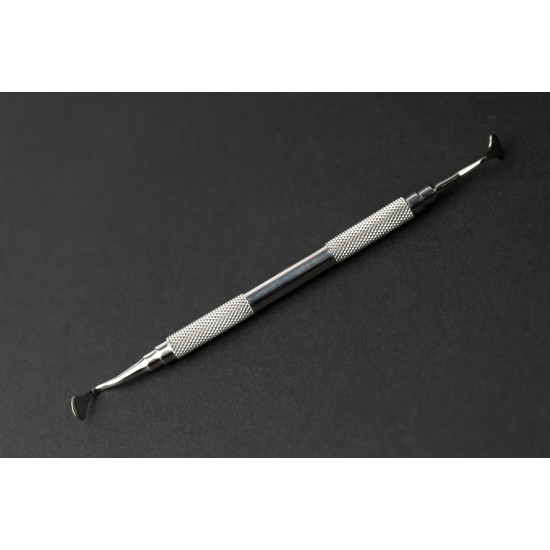



about product
Dental Excavator
A dental excavator is a handheld tool used in dentistry to remove tooth decay, clean cavities, and prepare teeth for fillings. It is an essential instrument in manual dental procedures, offering precision and control for effective treatment.
Key Features:
1. Precise Design:
- Equipped with a sharp or rounded tip to access small cavities.
- Lightweight and ergonomic for better handling and control by the dentist.
2. High-Quality Materials:
- Made of stainless steel for durability and longevity.
- Resistant to corrosion, ensuring compatibility with frequent sterilization.
3. Versatile Heads:
- Rounded heads: Ideal for removing soft decay from deeper areas.
- Sharp or pointed heads: Used for cleaning fine edges or decayed tissue.
4. Compatibility:
- Often used alongside electric or air-powered drills for comprehensive treatment.
Common Uses:
- Manual decay removal: Cleaning decayed parts of the tooth, especially in early stages.
- Cavity cleaning: Preparing tooth surfaces to achieve a perfect fit for fillings.
- Cosmetic procedures: Removing remnants of old fillings or adhesives gently.
Types of Dental Excavators:
- Single-Ended Excavator:
- Designed for small-scale procedures or use in specific areas.
- Double-Ended Excavator:
- Features two heads of different sizes or shapes for greater flexibility.
- Pediatric Excavator:
- Smaller in size, designed to suit children's teeth and cavities.
Care and Maintenance:
- Regular Sterilization:
- Sterilize the excavator after each use with heat-based sterilization devices.
- Routine Inspection:
- Ensure the tip is sharp and the tool is intact to avoid reduced performance.
- Safe Storage:
- Store in a designated case to prevent damage or contamination.
✨ The dental excavator is a precise and reliable tool that helps dentists provide high-quality treatments while ensuring patient comfort.
- Stock: 5
Dental Excavator
A dental excavator is a handheld tool used in dentistry to remove tooth decay, clean cavities, and prepare teeth for fillings. It is an essential instrument in manual dental procedures, offering precision and control for effective treatment.
Key Features:
1. Precise Design:
- Equipped with a sharp or rounded tip to access small cavities.
- Lightweight and ergonomic for better handling and control by the dentist.
2. High-Quality Materials:
- Made of stainless steel for durability and longevity.
- Resistant to corrosion, ensuring compatibility with frequent sterilization.
3. Versatile Heads:
- Rounded heads: Ideal for removing soft decay from deeper areas.
- Sharp or pointed heads: Used for cleaning fine edges or decayed tissue.
4. Compatibility:
- Often used alongside electric or air-powered drills for comprehensive treatment.
Common Uses:
- Manual decay removal: Cleaning decayed parts of the tooth, especially in early stages.
- Cavity cleaning: Preparing tooth surfaces to achieve a perfect fit for fillings.
- Cosmetic procedures: Removing remnants of old fillings or adhesives gently.
Types of Dental Excavators:
- Single-Ended Excavator:
- Designed for small-scale procedures or use in specific areas.
- Double-Ended Excavator:
- Features two heads of different sizes or shapes for greater flexibility.
- Pediatric Excavator:
- Smaller in size, designed to suit children's teeth and cavities.
Care and Maintenance:
- Regular Sterilization:
- Sterilize the excavator after each use with heat-based sterilization devices.
- Routine Inspection:
- Ensure the tip is sharp and the tool is intact to avoid reduced performance.
- Safe Storage:
- Store in a designated case to prevent damage or contamination.
✨ The dental excavator is a precise and reliable tool that helps dentists provide high-quality treatments while ensuring patient comfort.

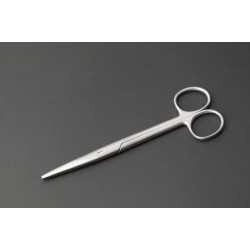
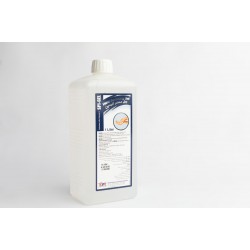
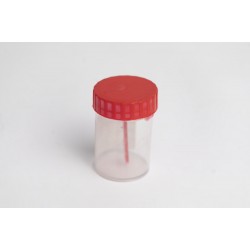
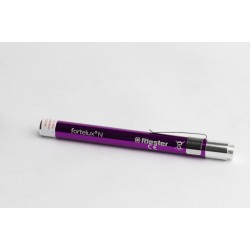

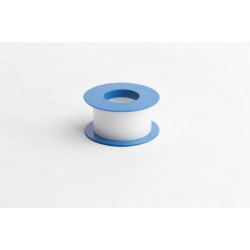
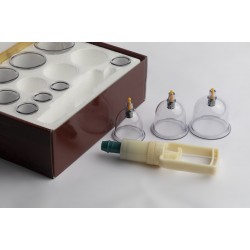


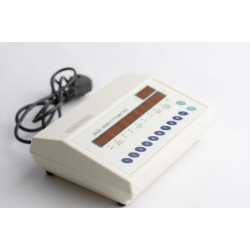
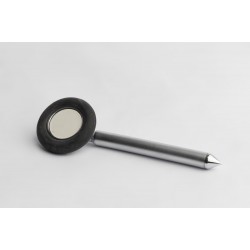
-250x250w.jpg)
-250x250w.jpg)



